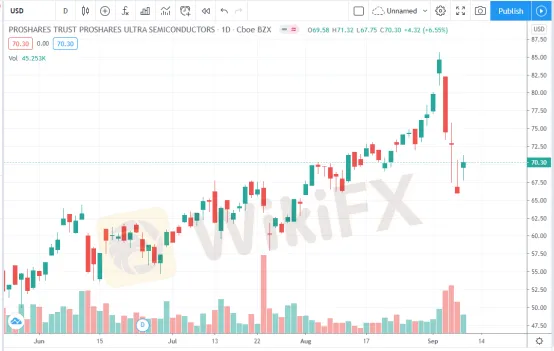Forums » News and Announcements
USD may be supported by near-term correction of US stock
-
The US dollar index (DXY) rose sharply last week in the wake of a drop. According to a previous dovish talk by the Federal Reserve, it will maintain a low interest rate for a long time, for which the DXY fell to 91.746, a two-year low, last week. However, the varying degree of correction in US and global stock markets makes DXY recover from the bottom up with its hedging function. And the US economic data is indeed superior to that of other main industrial countries. For example, from the employment data released by the US last Friday, it is remarkable that the unemployment data of Europe kept increase, resulting in a strong contrast with the US.
In the near term, the US stock may continually affect DXY, that is to say, the divergence between the US stock and DXY will still be maintained. Therefore, if the US stock continues making corrections this week, USD may be supported against all non-USD currencies. It can be seen from the weekly chart that gold, silver, crude oil, etc, all have fallen in the wake of the recovery in USD. Among the non-USD currencies, only CAD survived with a strong trend. So the near-term trend of CAD seems not to be obvious.To get more news about WikiFX, you can visit wikifx official website.
The odds are that the constant correction in global stock markets will affect the AUD and NZD negatively. On the contrary, the safe haven currencies like USD and JYP may benefit from it. Therefore, investors should pay close attention to
CAD and JPY rather than AUD, NZD and EUR this week. In terms of cross trade, investors should look out for if AUD keeps dropping against JPY.
The reason why EUR is negative this week is that the latest economic data indicates a slowing economy in Europe, compared with US economy of high resilience. In addition, European Central Bank official Philip Lane stated that a strong EUR is expected. And the ECB will hold the interest rate decision on Thursday. So it worries traders that the ECB will adopt a dovish measure and even increase the amount of QE following the steps of the Fed, which explains again its dissatisfaction with the status of EUR, putting further pressure on EUR and benefiting DXY directly.
